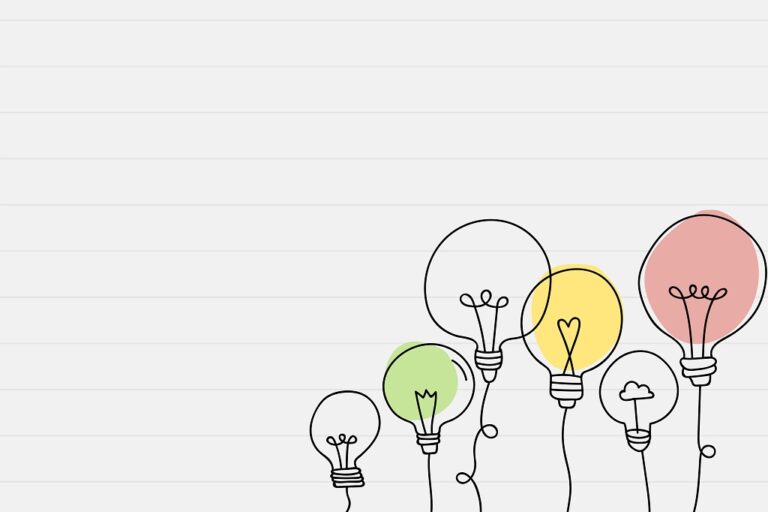By Thought Or By Sight?
I speak to a lot of leaders around the world on the topic of diversity and inclusion. For the most part, many of the discussions begin with vanity metrics – what % of some demographic such and such company has and how that metric represents progressiveness. Most leaders are shocked to hear me, a Black American woman, say “that’s not enough” or “you are measuring the wrong thing”. After their jaws lift from the floor, surprised or dismayed that I am not impressed by such metrics, they ask me a crucial question – “what exactly do you consider diversity?”
My answer may surprise many of you, as it often does them. You see, while I believe it is imperative to have a variety of perspectives in the room, I’m less intrigued by the superficial numbers and more driven to learn about what’s underneath the hood. I know from my own research and that of others, that it is much better to have diverse perspectives in the room than to just have diverse bodies. Imagine, if you will, two scenarios. Scenario One is a discussion with 20 engineers, all educated at top-tier universities and all with roughly the same tenure and technical expertise – 50% of the room are women, 50% are non-White. Scenario Two is a discussion also with 20 engineers, but this time there is a mix of tenure (some newly graduated, some 20+ years), a mix of education, yet this time the room is 40% women, 40% are non-White. Which room would you say is more diverse?
If you are like many leaders, the answer you choose might be Scenario One. The idea that you can see more difference in social identity leads you to mistakenly believe that these differences will translate into different perspectives. While it is likely, it is far more likely that the experiences of these top-tier trained engineers will lead most to share similar thinking/behaviors. Therefore, I challenge you to see diversity not only as a result of who is in the room, but also what perspectives they bring. Obviously this does not mean we stop hiring for diversity, but it should mean we dig beyond just what we see of people’s identity.



